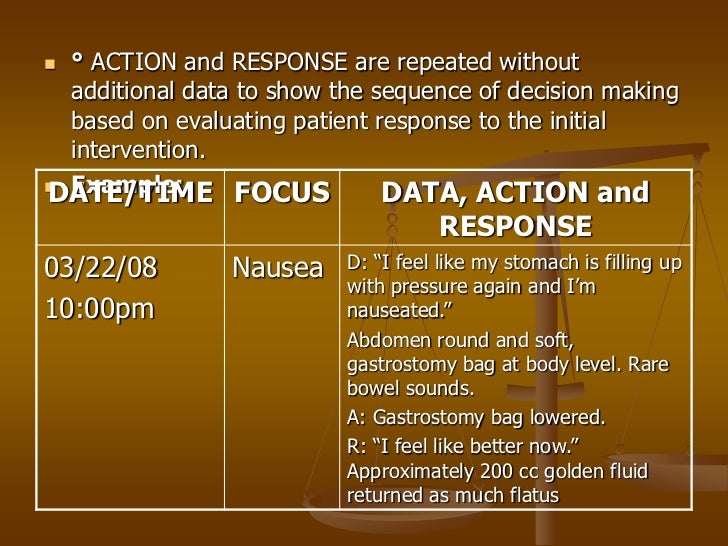
So, if you miss something on your intake assessment form, then write it in your intake progress note and vice versa. but you do need to have it documented somewhere that makes sense. If you have questions about substance abuse, past treatment, relationships, and suicidal ideation in your intake assessment form, then why do you need to write these things over again in your intake progress note? My opinion is that you don't need to duplicate this. That's why I recommend you streamline your documentation (and especially, your intake assessment process) as much as possible. And it's a reason that soooo many therapists resent paperwork and fall behind. Writing the same thing over and again in multiple forms used to drive me crazy when I worked in an agency.

That's because I see no reason to write the same thing multiple times! Notice that this intake note doesn't include anything I would have in my intake assessment form. On the flip side, if you had to do an assessment of safety because the client reported feeling suicidal, your note might actually be longer. For example, if you don't use homework or if you didn't have time to review treatment goals, this note would be a lot shorter. that all depends on the situation, as well as how in-depth your intake assessment is. You're probably thinking, "Does my intake progress note need to be that detailed?" Next session scheduled for 05/19/17 at 12pm. Weekly assignment is to gather all to do lists and pending tasks to bring in for next session and label with priority level. Client will provide one check-in via journaling in client portal once per week outside of sessions.

Therapist will assist client in identifying the appropriate weekly “homework” tasks before the end of each session. Currently struggling with symptoms related to ADHD as primary concern.Ĭlient will attend weekly sessions in the office, with the option to move to online sessions if needed. Previously treated for both depression and anxiety, for which she has created excellent coping strategies and continues to use cognitive-behavioral techniques to address. Exhibits excellent insight and desire for continued personal growth but is frustrated with ongoing struggles and feels she is not meeting her potential. Client requested weekly assignments to stay on task so we will use this format to start and evaluate after 6-8 weeks.Ĭlient was comfortable disclosing details about prior treatment and mental health history. Current goals include 1) Creating a routine for relaxation and self-care and 2) Identifying priorities and planning for work and home tasks accordingly. Assessed reason for treatment, current struggles and symptoms. Discussed biopsychosocial history further and completed all intake paperwork. Reviewed with client the limits to confidentiality, potential benefits and drawbacks of treatment, communication outside of session and attendance policies. I'm using the DAP note format here.Ĭlient arrived early and had completed intake paperwork online using client portal. I've got one for you! Check out this sample intake progress note below to see how it looks when we put it all together. However, I do recommend that you review limits to confidentiality and obtain consent at the first session, whenever possible. When that happens, simply document the portions you did cover (and with whom you discussed it) and then what you plan to cover in the next session. Other therapists simply do a more in-depth assessment and take 2-4 sessions. Some sections may have more or less detail, depending on the client's situation or length of the session.įor example, it often takes more time to do an intake for child and adolescent clients because we want to get information from the caretakers, as well as the client. Potential benefits and drawbacks to treatment

I recommend including that you reviewed all of these things in every intake progress note you complete (obviously, with the understanding that you actually did review those things with the client in session): And there are very important things to discuss with our clients so they understand the counseling process. In that first session with mental health clients we have forms to review and information to gather. That's because the first session with clients, the intake assessment, is very different from our "typical" sessions. Did you know that your very first progress note should look different from your other client case notes?


 0 kommentar(er)
0 kommentar(er)
